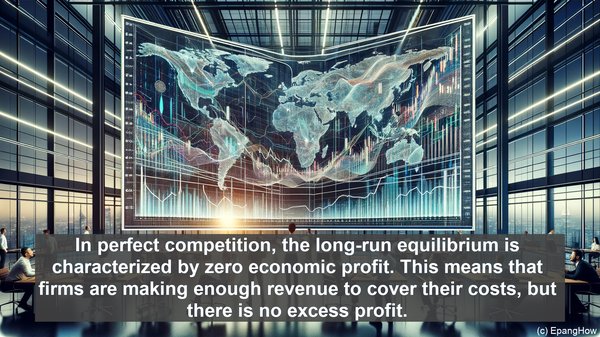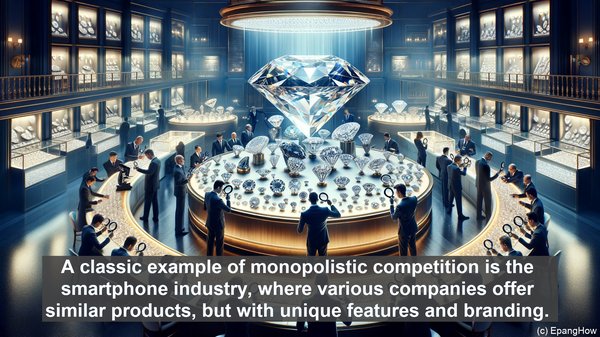Introduction: The Essence of Competition
Hello everyone! In the realm of economics, competition is the driving force behind market dynamics. It encourages efficiency, innovation, and ultimately benefits consumers. Today, we’ll delve into two distinct types of competition: perfect competition and monopolistic competition. While they share some similarities, their differences are what make each unique. So, let’s get started!

Perfect Competition: A Level Playing Field
In a perfect competition scenario, we have a large number of buyers and sellers, all dealing with identical products. No single entity has the power to influence the market. This means that prices are determined solely by supply and demand. Additionally, there are no barriers to entry or exit, ensuring that new firms can easily enter the market. Think of a local farmers’ market, where multiple vendors sell the same produce. Each vendor’s influence on the market is minimal, and prices are determined by factors like weather conditions and consumer demand.

Monopolistic Competition: Differentiation is Key
Contrasting perfect competition, monopolistic competition involves multiple firms, but their products are not identical. Each firm offers a slightly different version of the product, creating product differentiation. This differentiation can be in terms of quality, design, or even branding. As a result, firms in monopolistic competition have some degree of market power. They can influence prices to an extent. However, due to the presence of close substitutes, this market power is limited. A classic example of monopolistic competition is the smartphone industry, where various companies offer similar products, but with unique features and branding.
Barriers to Entry: A Differentiating Factor
One crucial aspect that sets perfect competition apart from monopolistic competition is the presence of barriers to entry. In perfect competition, there are no significant barriers. Any firm can enter or exit the market without much difficulty. However, in monopolistic competition, barriers to entry exist. These can be in the form of patents, copyrights, or even high initial investment requirements. These barriers restrict new firms from entering the market, giving existing firms a certain level of market control.
Long-Run Equilibrium: Stability and Profitability
In perfect competition, the long-run equilibrium is characterized by zero economic profit. This means that firms are making enough revenue to cover their costs, but there is no excess profit. On the other hand, in monopolistic competition, firms can earn positive economic profit in the long run. This is because of the product differentiation and the limited competition. However, this profit attracts new firms, leading to increased competition and eventually reducing the profit margin. This process continues until firms are making only normal profit, i.e., covering their costs without any excess.
